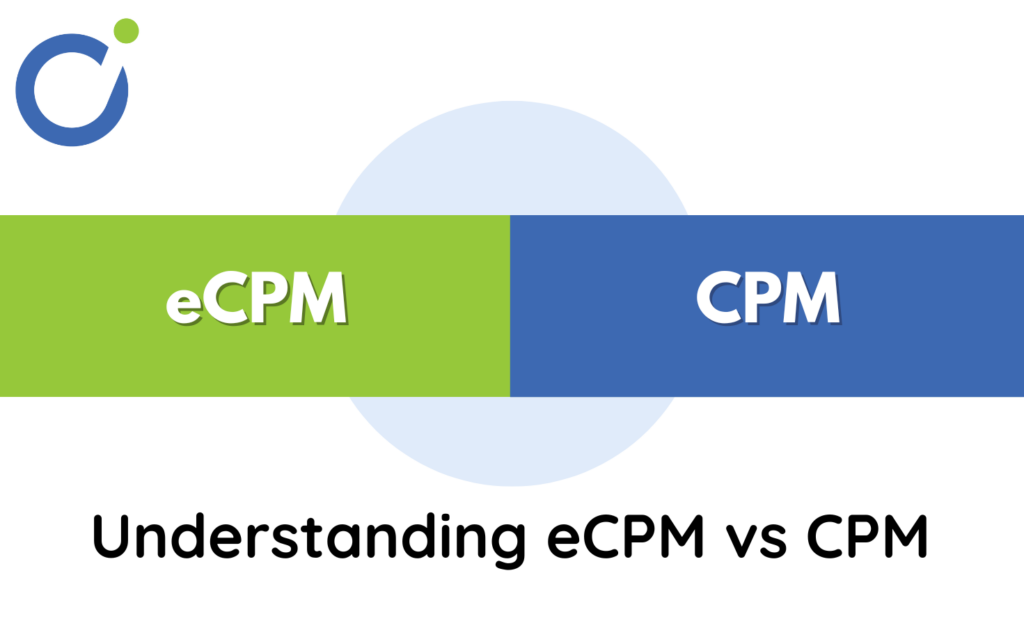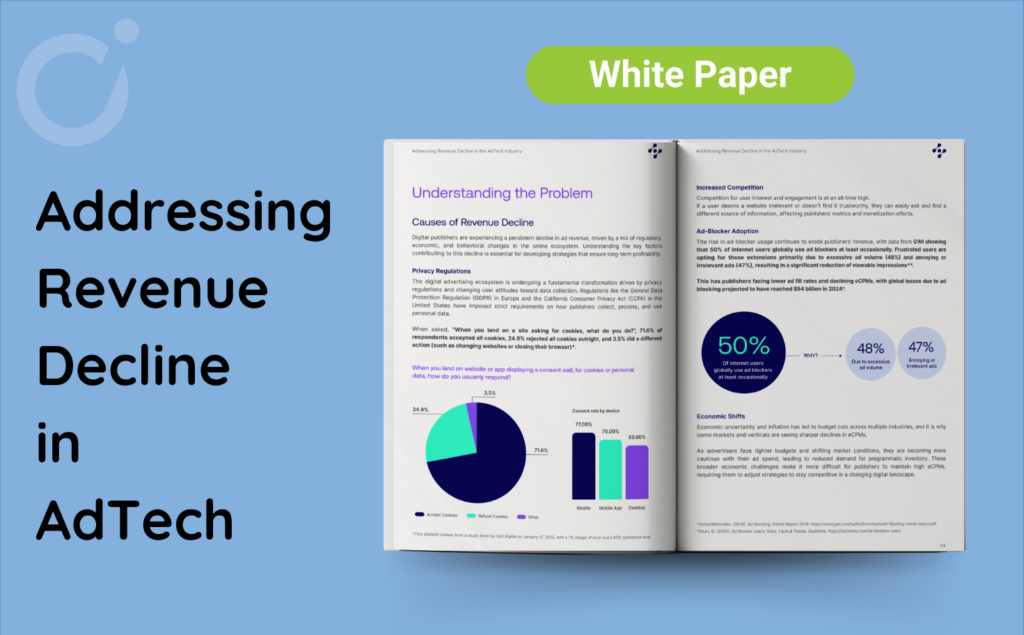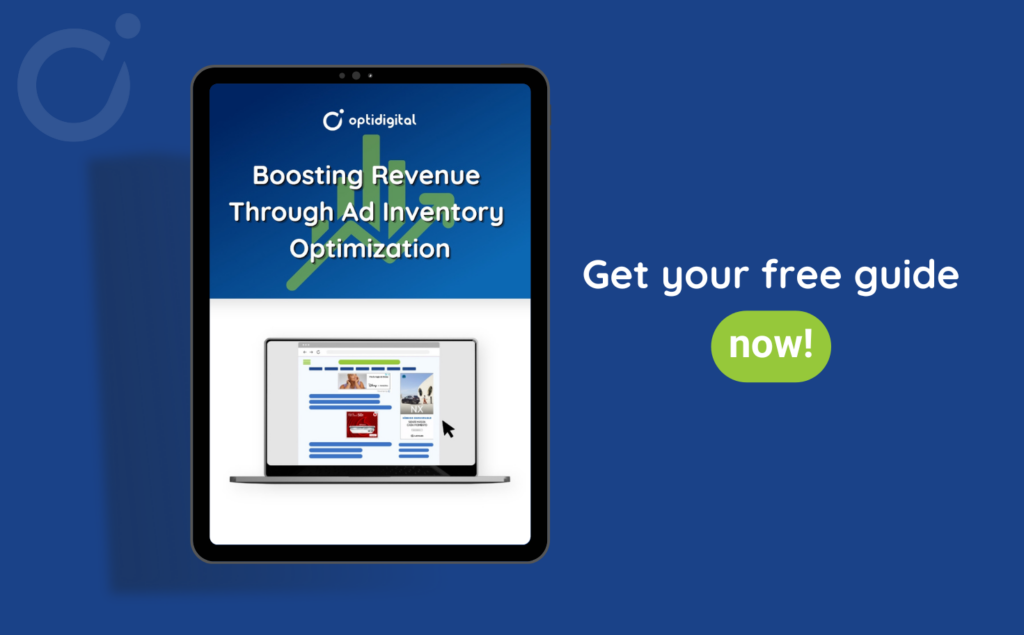Search intent is fundamental to SEO. It makes it possible to understand the expectations of users when they enter a query in a search engine. Moreover, Google constantly improves its algorithms to better take them into account when presenting results and thus display the best content for the query. The challenge as a content producer is therefore to provide the most complete information possible while meeting the needs of internet users.
In this article, Semji, the Saas SEO and Content solution, explains how search intent determines the success of your SEO and Content strategy. As a bonus, four tips are revealed to help you get the most out of your content and gain SEO visibility.
What Is Search Intent?
Search intent refers to the information a user wants to find when entering a query into a search engine such as Google.
Depending on the keywords used by internet users, there may be more than one search intent behind a query.
For example, if a user enters the word “spirulina” in Google, they might be searching for:
- information on the benefits of spirulina;
- sites where they can buy spirulina capsules;
- physical shops selling spirulina;
- spirulina-based recipes, or something else.
Correctly identifying this search intent is like knowing what information is expected by people and what content Google will preferably display.
Different Types of Search Intent
Search intent can be of several kinds:
- Informational or Know/Know Simple: The user wants to find one or more pieces of information on a given subject. Examples of know-type results in the SERP: articles, news, definition, Google answer, other questions asked (PAA), videos, images, etc.
Example of a “Know Simple” query with a perfectly identified search intent requiring a short answer.
- Transactional or Do: The user has a goal or wants to perform an action, such as download, buy, have fun, or interact. Do Device Action queries are intended to make the device do something, like find a route.
Example of a Do Device Action query
- Navigation or Website: The user wishes to access a website or a specific page. Example of navigation queries: “spirulina whole foods”
- Local or Visit in Person Intent: The user wants to find information or a service near a place. Example of a local result: map, localized content.
Why Is User Intent Key in SEO?
For several years, Google has been promoting content that meets the search intent identified by its algorithms.
It is also at the heart of the guidelines for Quality Raters.
Updated algorithms now ensure that content that does not meet user intent does not rank or ranks poorly in search results.
Consequently, by ignoring user intent in your SEO strategy, you risk:
- not mobilizing your audience;
- and negatively impacting your ranking on results pages.
Note: One query can include more than one unexpressed search intent. For example, this is particularly the case with generic keywords such as “spirulina.”
With this query, there is a search intent to get information and an intent to do something (transactional intent). Actually, when internet users type “spirulina” in a search engine, some of them only want information about the product (“What is it?” “What are the effects?” etc.), while others are looking to buy it.
Here are some tips to leverage the search intent of your keywords and boost your content’s SEO visibility.
Tip 1: Analyze the SERP and Search Intent to Target the Most Important One for Your Keyword
To become number one for your keyword, you must produce THE best content.
In other words, that which meets the needs of the audience and is considered the most satisfactory answer by Google.
To produce the expected content, the trick here is to know how to decipher the SERP and the search intent behind it.
A good analysis will reveal:
- the user’s need when they type their query (editorial content to see all the benefits of spirulina, a product sheet to buy spirulina capsules, etc.);
- and topics connected with this keyword (“benefits,” “recommendations,” “dangers”, etc.) to produce even more comprehensive content than your competitors.
Let’s start with the example of “spirulina benefits”; enter the keyword and analyze the first page of the SERP.
The first thing to consider here: Does the query tend to be informational, transactional, navigational, etc.?
To find out, look at the elements that appear first on the results page: articles, PAA, videos, announcements, etc. We can see here that the intent of the “spirulina benefits” query is mainly informational and that it will therefore be more relevant to produce editorial content.
Another element to check is the PAA (People Also Ask). Use this information to identify the expected topics (e.g., “What are the positive effects of spirulina?” “Why use spirulina therapy?” etc.).
Finally, deepen your analysis by deciphering competing content: plans, structure, topics covered, length, etc. Get inspired, because they are the ones that attract traffic!
Tip 2: Use Search Intent to Build Your Semantic Cocoons and Tackle an Ultra-Competitive Query
To rank on a highly competitive query such as “spirulina,” it is essential to treat the topic as exhaustively as possible but also to link the pages together according to a certain logic.
This is called the semantic cocoon strategy.
This method is extremely effective in becoming the leader on a topic. It allows the site to be considered as THE reference by Google and therefore also by internet users.
What exactly is it? It involves creating content on the same topic and organizing it as follows.
A semantic cocoon includes:
- A pillar page: This is a generic and exhaustive page on the targeted topic (e.g., “spirulina”). It can forward you to a transactional page (e.g., “spirulina capsules” product sheet).
- Child page content (secondary keywords): This is content that deals with a specific subject of the topic (e.g., “spirulina benefits,” “organic spirulina,” “when to take spirulina,” etc.). Cumulative traffic on these very specific keywords will boost your pillar page.
By analyzing the SERP and search intent for a main keyword (= pillar page such as “spirulina”), you can find content ideas and secondary keywords whose traffic will boost the SEO performance of your pillar page.
However, this search can be very time-consuming, especially if you want to create several semantic cocoons. Fortunately, there are tools to help you, such as Semji’s Content Ideas Module.
Using it, you can create a semantic cocoon in a few clicks, for example. You enter your main query and immediately see the secondary keywords to be added to your cocoon.
Example of secondary keywords for informational content: “organic spirulina,” “spirulina dangers,” “spirulina hair,” “spirulina iron,” etc.
Be careful though, because quantity is not sufficient. Your content must also be of high quality. We’ll explain how to do this.
Tip 3: Fulfill Every Search Intent to Gain Ranking against Your Competitors
According to Ahrefs, only 9% of content is visible on Google.
The main reasons are a lack of optimization, content that does not fully meet the needs of internet users, incomplete information, etc.
So what can we do to optimize content? Of course, you need to define a powerful angle, include the main keyword in the H1 tag, integrate high-quality external links, etc.
And above all, structure a writing plan that is relevant to the audience, integrating users’ search intent!
This search intent should be integrated into your Hn tags (titles and subtitles) to let Google’s robots (crawlers) quickly understand that your content is relevant and complete for the targeted keyword.
By producing a content structure that is relevant to your audience and Google, you improve your chances of outdoing your competitors.
For example, in order for your content on “spirulina benefits” to rank, and if we follow the recommendations provided by Semji, you should cover the following topics in your content:
Tip 4: Prioritize Creating Videos, Infographics, Etc.
If the SERP favors videos and infographics and you want to rank, it may be useful to create content in a similar format and incorporate it into your post.
This will enable you to stand out in the SERP video pack.
To identify the relevant keywords on which to create your videos and infographics, do not hesitate to use Semrush or Ahrefs, which tell you the keywords on which the video pack appears.
Things to Remember
In summary, here is what you need to remember about SEO based on search intent.
- Position yourself 360° on the topics to have a better chance of reaching the top rank.
- Use multiple entry points (long-tail keywords, images, videos, infographics, etc.).
- Ensure a presence throughout the user’s customer journey.
- Build semantic cocoons around comprehensive pillar pages centered on generic keywords and child pages around secondary keywords.
- Produce high-quality content that is optimized for SEO.
- Create brand awareness to increase the number of conversions.
To learn more about the Semji solution and create better content quickly, do not hesitate to request a demonstration.
Article written by SEMJI






